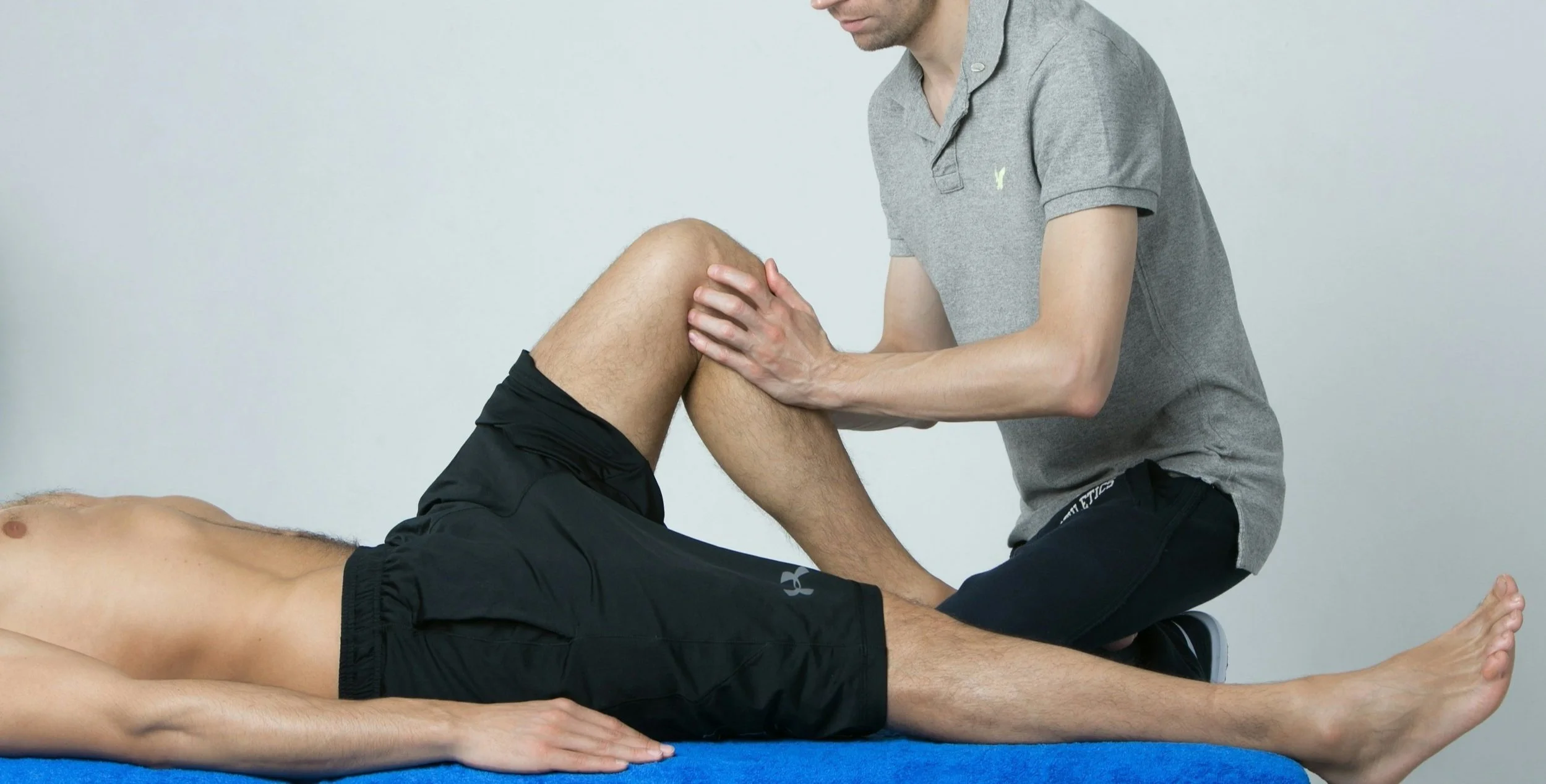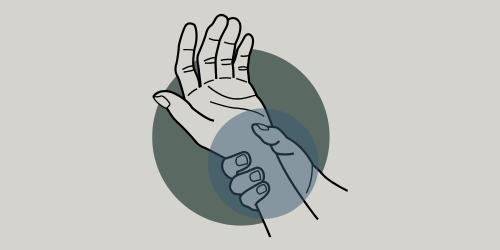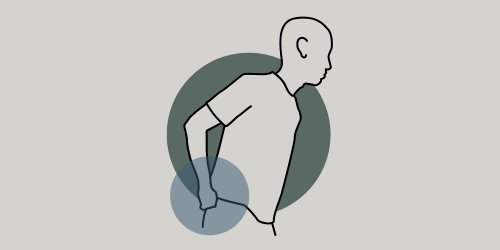ACTIVE RELEASE TECHNIQUE (ART)
Active Release Technique (ART) is a patented, hands-on, movement-based soft tissue manual therapy system used to diagnose and treat problems with muscles, tendons, ligaments, fascia (connective tissue), and nerves. It was developed and taught by Dr. Mike Leahy of Colorado Springs, with over 500 protocols that treat many conditions, such as headaches, back pain, carpal tunnel syndrome, shoulder pain, sciatica, plantar fasciitis, and tennis elbow.
What it addresses:
ART primarily focuses on injuries and conditions that result from overused muscles or repetitive motions. When soft tissues are overused, they can experience:
ACUTE CONDITIONS
such as pulls, tears, or muscle spasms.
MICRO-TRAUMA
small tears from repetitive motion.
HYPOXIA
a lack of oxygen to the injured area.
These issues can lead to the formation of tough, dense scar tissue (also called adhesions) in the affected area. This scar tissue binds up and restricts healthy tissues, preventing them from moving freely, leading to:
• Reduced range of motion • Loss of strength • Pain
• Tingling, numbness, or weakness (if nerves are trapped)
How ART Works:
Assessment:
The practitioner uses their hands to feel and evaluate the texture, tightness, and movement of muscles, fascia, tendons, ligaments, and nerves. They also assess the patient's movement patterns to identify areas of restriction.
Treatment:
Once abnormal tissues or adhesions are identified, the practitioner applies precisely directed tension to the affected area. Crucially, while the practitioner maintains this tension, the patient is instructed to actively move the affected structure (e.g., a muscle or ligament) from a shortened to a lengthened position. This dynamic approach helps to break up the scar tissue and adhesions, allowing the tissues to glide and move freely again.
Key Differentiators of ART:
Active patient movement:
Unlike some other manual therapies where the patient is passive, in ART, the patient actively participates in the treatment by moving the affected body part. This allows the practitioner to feel the tissue as it moves and effectively treat the restrictions.
Specificity:
ART involves over 500 specific treatment protocols, allowing practitioners to tailor the treatment to the unique needs of each patient and address specific areas of dysfunction.

Who can benefit from ART?
ART can be beneficial for a wide range of individuals, including:
• Athletes (recreational and professional)
• Individuals with chronic pain conditions stemming from overuse syndromes
• Office workers with pain from prolonged sitting or repetitive strain injuries
• Anyone experiencing pain, tightness, or restricted movement in muscles, tendons, ligaments, fascia, or nerves.
Common Conditions Treated with ART:
HEADACHES
BACK PAIN
CARPAL TUNNEL
SHIN SPLINTS
SHOULDER PAIN
SCIATICA
PLANTAR FASCIITIS
KNEE PROBLEMS
TENNIS ELBOW
What to expect during an ART session:
Sessions are typically hands-on and may involve some discomfort or a "good hurt" as the practitioner works to break up scar tissue. However, pressure should never be applied beyond the patient's tolerance. Many patients experience immediate improvement in how the area feels, with improved tissue quality, joint movement, and range of motion. Typically, results are seen within 2-6 visits.
Only healthcare providers with a license to treat soft-tissue injuries or conditions can become certified in ART and treat patients using this technique.
For more information: www.activerelease.com











